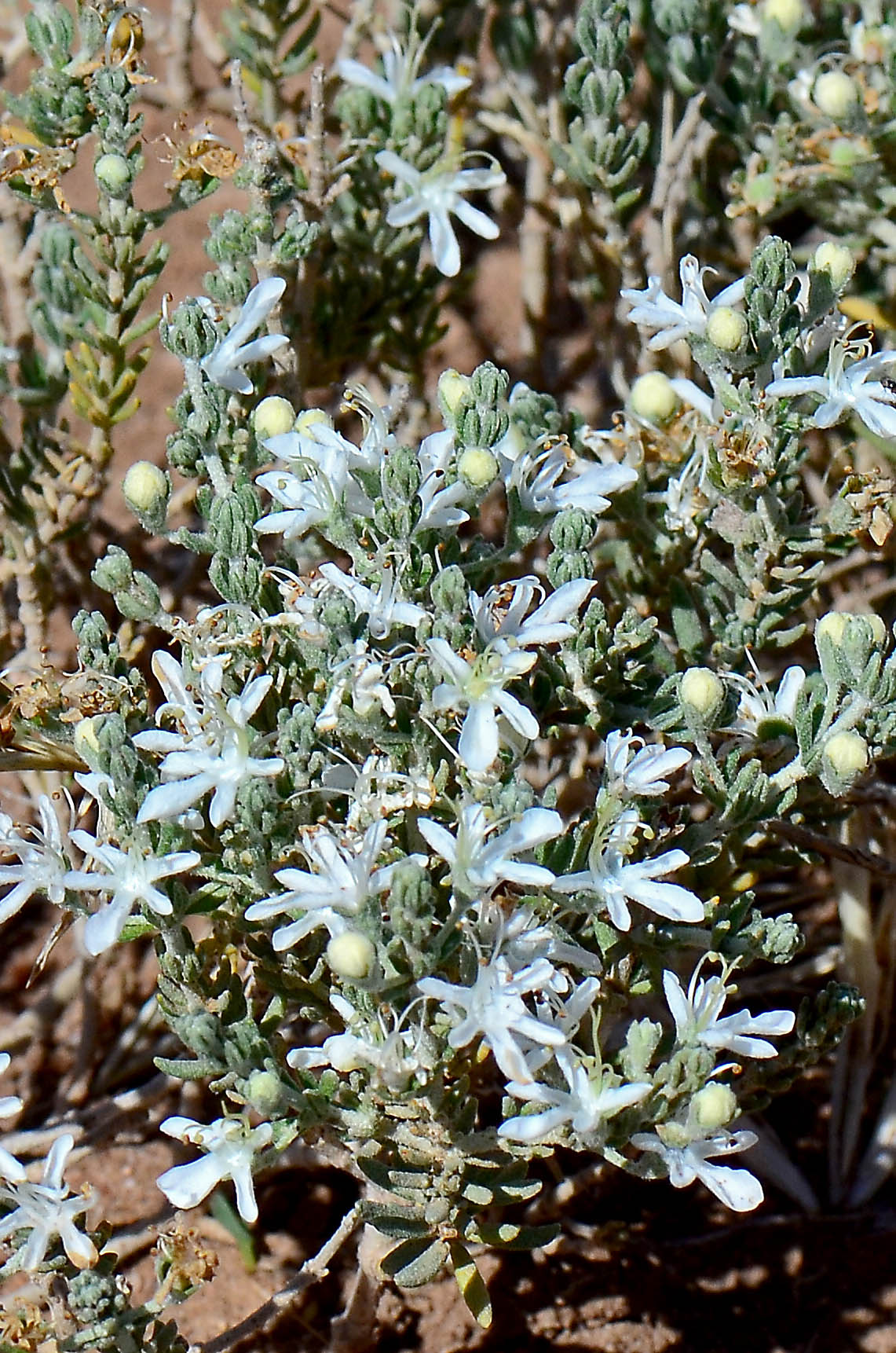|
Teucrium Montanum
''Teucrium montanum'', the mountain germander, is a germander native to southern Europe, from Spain eastward to Turkey. It forms shrubs about a foot high, with small leaves no more than an inch across, and petals blooming yellowish white. On south-facing mountain slopes, it can be found as far up as 2400 meters in the Alps. The plant was known to the ancient Greeks, one of several plants named ''χαμαίπιτυς'', as mentioned by Pliny the Elder in his Latin work ''Historia Naturalis''. Taxonomy Two subspecies are recognized: the nominate subspecies In biological classification, subspecies is a rank below species, used for populations that live in different areas and vary in size, shape, or other physical characteristics (morphology), but that can successfully interbreed. Not all species ... ''T. m. montanum'', and ''T. m. helianthemoides'' (Adamovic) Baden. References montanum Herbs {{Lamiaceae-stub ... [...More Info...] [...Related Items...] OR: [Wikipedia] [Google] [Baidu] |
Carl Linnaeus
Carl Linnaeus (; 23 May 1707 – 10 January 1778), also known after his ennoblement in 1761 as Carl von Linné Blunt (2004), p. 171. (), was a Swedish botanist, zoologist, taxonomist, and physician who formalised binomial nomenclature, the modern system of naming organisms. He is known as the "father of modern taxonomy". Many of his writings were in Latin; his name is rendered in Latin as and, after his 1761 ennoblement, as . Linnaeus was born in Råshult, the countryside of Småland, in southern Sweden. He received most of his higher education at Uppsala University and began giving lectures in botany there in 1730. He lived abroad between 1735 and 1738, where he studied and also published the first edition of his ' in the Netherlands. He then returned to Sweden where he became professor of medicine and botany at Uppsala. In the 1740s, he was sent on several journeys through Sweden to find and classify plants and animals. In the 1750s and 1760s, he continued to collect an ... [...More Info...] [...Related Items...] OR: [Wikipedia] [Google] [Baidu] |
Germander
''Teucrium'' is a cosmopolitan genus of flowering plants in the family Lamiaceae, commonly known as germanders. Plants in this genus are perennial herbs or shrubs, with branches that are more or less square in cross-section, leaves arranged in opposite pairs, and flowers arranged in thyrses, the corolla with mostly white to cream-coloured, lobed petals. Description Plants in the genus ''Teucrium'' are perennial herbs or shrubs with four-cornered stems, often with simple hairs and sessile glands. The leaves are arranged in opposite pairs, simple or with three leaflets sometimes with lobed or serrated edges. The flowers are arranged in a thyrse, sometimes in a cyme in leaf axils. The flowers have five more or less similar sepals fused at the base, and the corolla is white or cream-coloured with five lobes forming two lips. The upper lip is usually much reduced in size and the lower lip has three lobes, the central lobe usually larger than the side lobes. There are four stamens att ... [...More Info...] [...Related Items...] OR: [Wikipedia] [Google] [Baidu] |
Pliny The Elder
Gaius Plinius Secundus (AD 23/2479), called Pliny the Elder (), was a Roman author, naturalist and natural philosopher, and naval and army commander of the early Roman Empire, and a friend of the emperor Vespasian. He wrote the encyclopedic ''Naturalis Historia'' (''Natural History''), which became an editorial model for encyclopedias. He spent most of his spare time studying, writing, and investigating natural and geographic phenomena in the field. His nephew, Pliny the Younger, wrote of him in a letter to the historian Tacitus: Among Pliny's greatest works was the twenty-volume work ''Bella Germaniae'' ("The History of the German Wars"), which is no longer extant. ''Bella Germaniae'', which began where Aufidius Bassus' ''Libri Belli Germanici'' ("The War with the Germans") left off, was used as a source by other prominent Roman historians, including Plutarch, Tacitus and Suetonius. Tacitus—who many scholars agree had never travelled in Germania—used ''Bella Germani ... [...More Info...] [...Related Items...] OR: [Wikipedia] [Google] [Baidu] |
Subspecies
In biological classification, subspecies is a rank below species, used for populations that live in different areas and vary in size, shape, or other physical characteristics (morphology), but that can successfully interbreed. Not all species have subspecies, but for those that do there must be at least two. Subspecies is abbreviated subsp. or ssp. and the singular and plural forms are the same ("the subspecies is" or "the subspecies are"). In zoology, under the International Code of Zoological Nomenclature, the subspecies is the only taxonomic rank below that of species that can receive a name. In botany and mycology, under the International Code of Nomenclature for algae, fungi, and plants, other infraspecific ranks, such as variety, may be named. In bacteriology and virology, under standard bacterial nomenclature and virus nomenclature, there are recommendations but not strict requirements for recognizing other important infraspecific ranks. A taxonomist decides whether ... [...More Info...] [...Related Items...] OR: [Wikipedia] [Google] [Baidu] |
Teucrium
''Teucrium'' is a Cosmopolitan distribution, cosmopolitan genus of flowering plants in the family Lamiaceae, commonly known as germanders. Plants in this genus are perennial plant, perennial herbaceous plant, herbs or shrubs, with branches that are more or less square in cross-section, leaves arranged in opposite pairs, and flowers arranged in thyrses, the Petal, corolla with mostly white to cream-coloured, lobed petals. Description Plants in the genus ''Teucrium'' are perennial herbs or shrubs with four-cornered stems, often with simple hairs and Sessility (botany), sessile Gland (botany), glands. The leaves are arranged in opposite pairs, simple or with three leaflets sometimes with lobed or serrated edges. The flowers are arranged in a thyrse, sometimes in a Cyme (botany), cyme in leaf axils. The flowers have five more or less similar sepals fused at the base, and the corolla is white or cream-coloured with five lobes forming two lips. The upper lip is usually much reduced in s ... [...More Info...] [...Related Items...] OR: [Wikipedia] [Google] [Baidu] |




